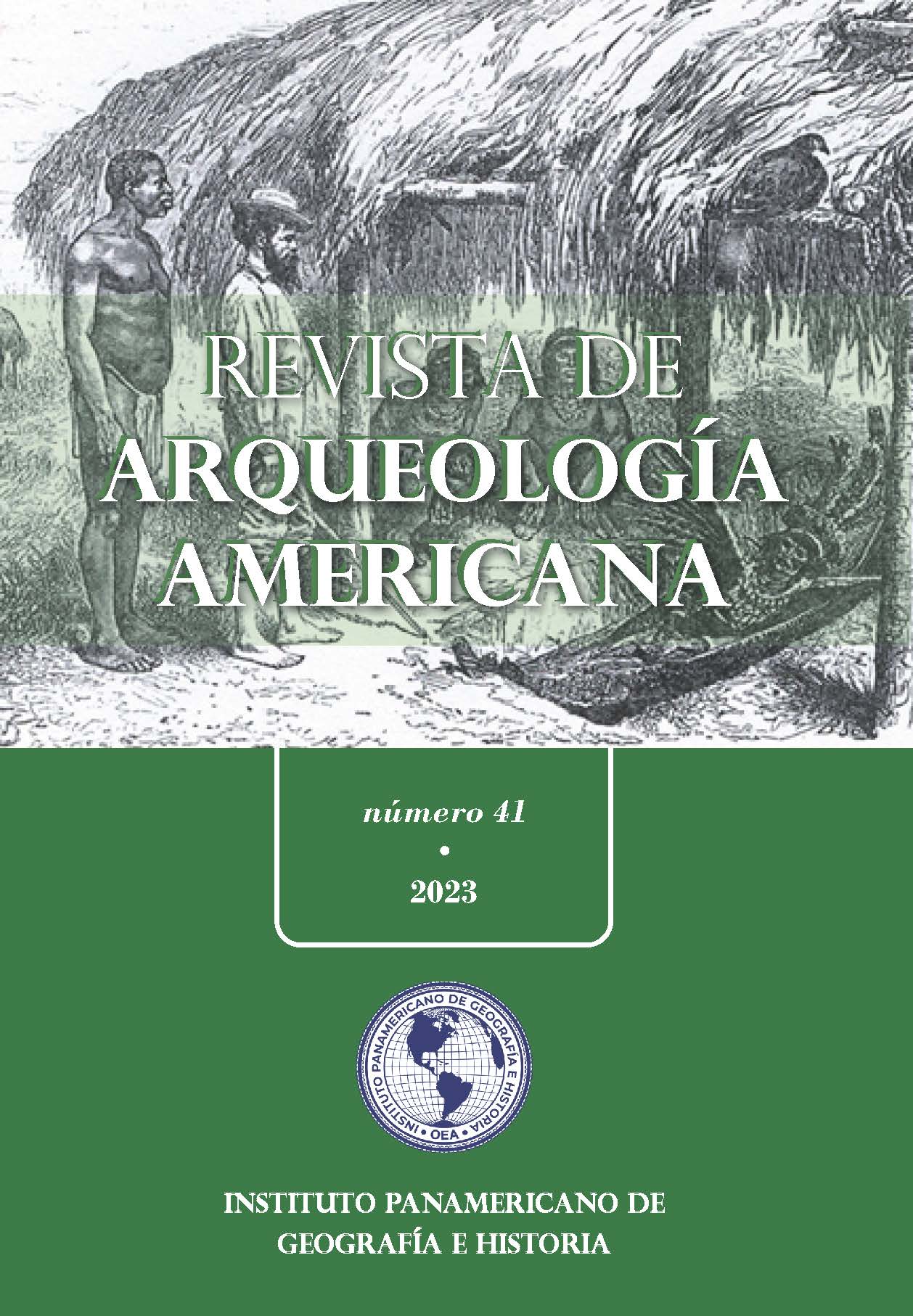Lucayan Road on Middle Caicos Island: A Community Built Component of Sun- Synchronized Salt Harvest and Ceremonialism
Main Article Content
Abstract
A protohistoric Lucayan-built road is an integral part of the public architecture and ceremonial space at a complex Lucayan archaeological site (MC-6) on Middle Caicos, in the Turks & Caicos Islands. Several attributes of MC-6 have stimulated hypotheses concerning the social organization and economic dynamics of the community. Those attributes include imported ceramics and lithics originating from the Greater Antilles (principally from Hispaniola); planning that is evident in the deliberate community design; physical linkage of the community via the road to a source of salt, which is a valuable trade commodity; and calendric scheduling of activities implied by an annual celestial cycle recorded in the astronomical alignments of a central court. The site has been posited as the seat of a cacique, possibly of a multi-community Paramount-Cacique, who was empowered by regional trade networks and associated kinship alliances. In the context of these hypotheses, the amount of labor time, and the consequent number of people required to build the road, are considered in relationship to the social organization necessary to marshal the required workforce, plan and build this public work, and schedule related social and ceremonial activities.
Downloads
Article Details
-
Abstract32
-
PDF (Español)18
